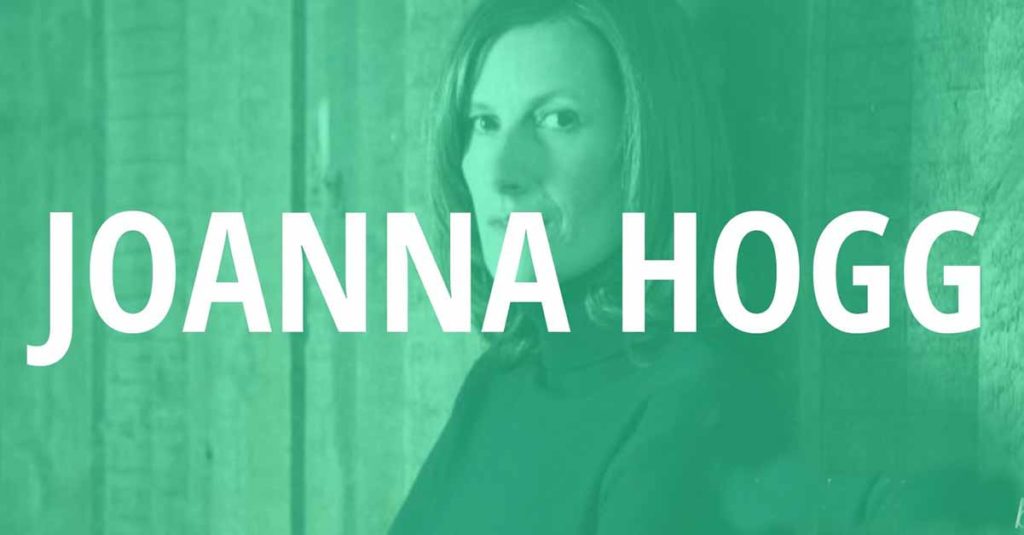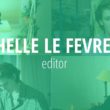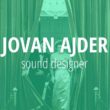In this excerpt from the Joanna Hogg interview in Tour of Memories, Hogg discusses creating the story document for The Souvenir. Get your copy of the new ebook Tour of Memories: The Creative Process Behind Joanna Hogg’s The Souvenir here to read the complete interview with Joanna Hogg.

“Films aren’t all about dialogue. It’s only a small part of it. There’s so much else to a film and a lot of that is what counts,” explained Joanna Hogg. “The most interesting thing to me [is] body language and how people interact on screen. It’s like a dance.” This is the principle behind so much of what makes Hogg’s process unique: why she writes a detailed story document rather than a screenplay with precise dialogue mapped out, why she works with both actors and non-actors to find the reality of a situation, why setting and location are so important to her storytelling because she is interested in how people move and interact in their space.
Hogg conceived of The Souvenir (2019) and The Souvenir: Part II (in production) as a memory piece, in which she “dig[s] around in my own memory, but then I sort of sculpt my own memories to become something more contained and make it more of a complete story…The film itself becomes a kind of souvenir.”
The protagonist, Julie (Honor Swinton Byrne), is very much based on Hogg’s younger self, and she used her old diaries, photographs, and even the design of her student apartment as source material for the film. Consequently, the film often follows the logic of memory, more so than of a realist drama like Hogg’s previous films: the set is designed to feel like a memory; the images evoke memories; the film is edited to give a sense of how things felt to Julie more so than how they actually happened. Still, her collaborators, such as production designer Stephane Collonge refer to The Souvenir as almost like “a documentary” in its realism compared to The Souvenir: Part II, which is much more inspired by musicals and will delve into Julie’s work as a filmmaker.
In our wide-ranging interview, Joanna Hogg discusses the personal and artistic inspirations for The Souvenir, how she approached the film’s set design and sound design, what her version of a screenplay looks like (which we refer to as a story document), and how she works with actors and non-actors.
Seventh Row: I understand that you don’t write traditional scripts. What did your script for The Souvenir look like and how did this compare to your script for your other films?
Joanna Hogg: Even though my script doesn’t look like a conventional script, I’d say it takes as long as — if not longer than — writing a conventional script. My shortened document probably gives the impression it’s a faster process, but, actually, it’s incredibly slow.
I start off by writing notes. Eventually, it becomes this document that’s about 30 pages long that describes and illustrates the story; I incorporate photographs into the document. In the case of The Souvenir, in one of the drafts, I put in Polaroids that I’d taken in the ‘80s.
The document is really for me, first and foremost, so I like to keep the document alive. Each draft I do, I will put different photographs into it. I’ll keep changing it, which is fun. Cinema is a visual medium, and I like to have the visual references there. I like to have new references, and I’ll put those new references into the document.
I’m working on the document for the second part [The Souvenir: Part II], which we’re about to start shooting, and I’ve put photographs that I took when we were making the first part into the document for the second part.
It’s printed on A4 [paper], and it has these photographs that are dotted about in between descriptions of the film, and then there will be excerpts of dialogue that I want to have. It’s sort of everything but the dialogue — but with some dialogue, too.
I also do something that conventional screenplays don’t tend to do, which is to describe the inner lives of the character so there’s a psychological aspect to it. It’s all for me: a map to help me when I’m shooting, and something that’s easy to take around. Not everyone sees it.
Read more excerpts from the book here.

